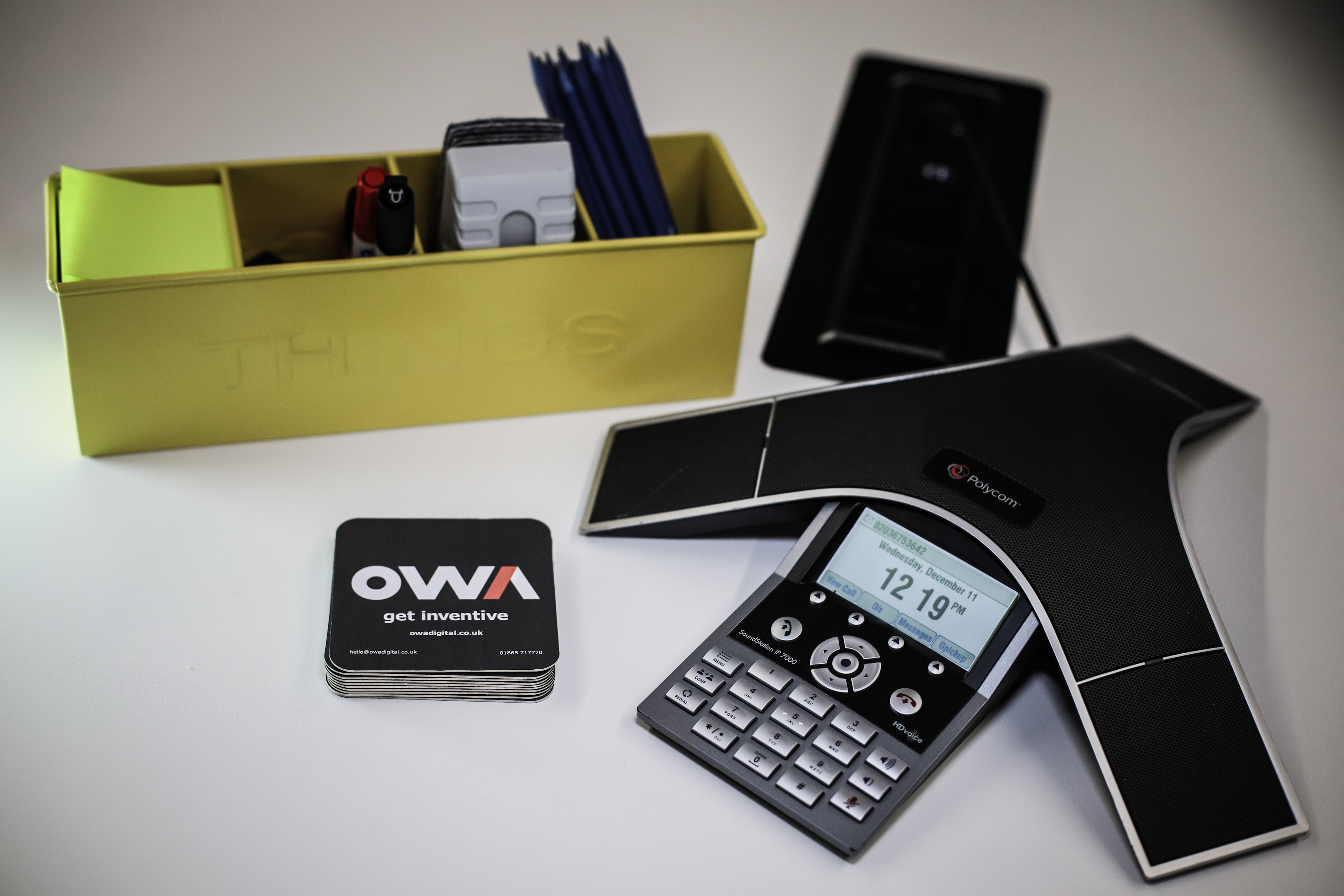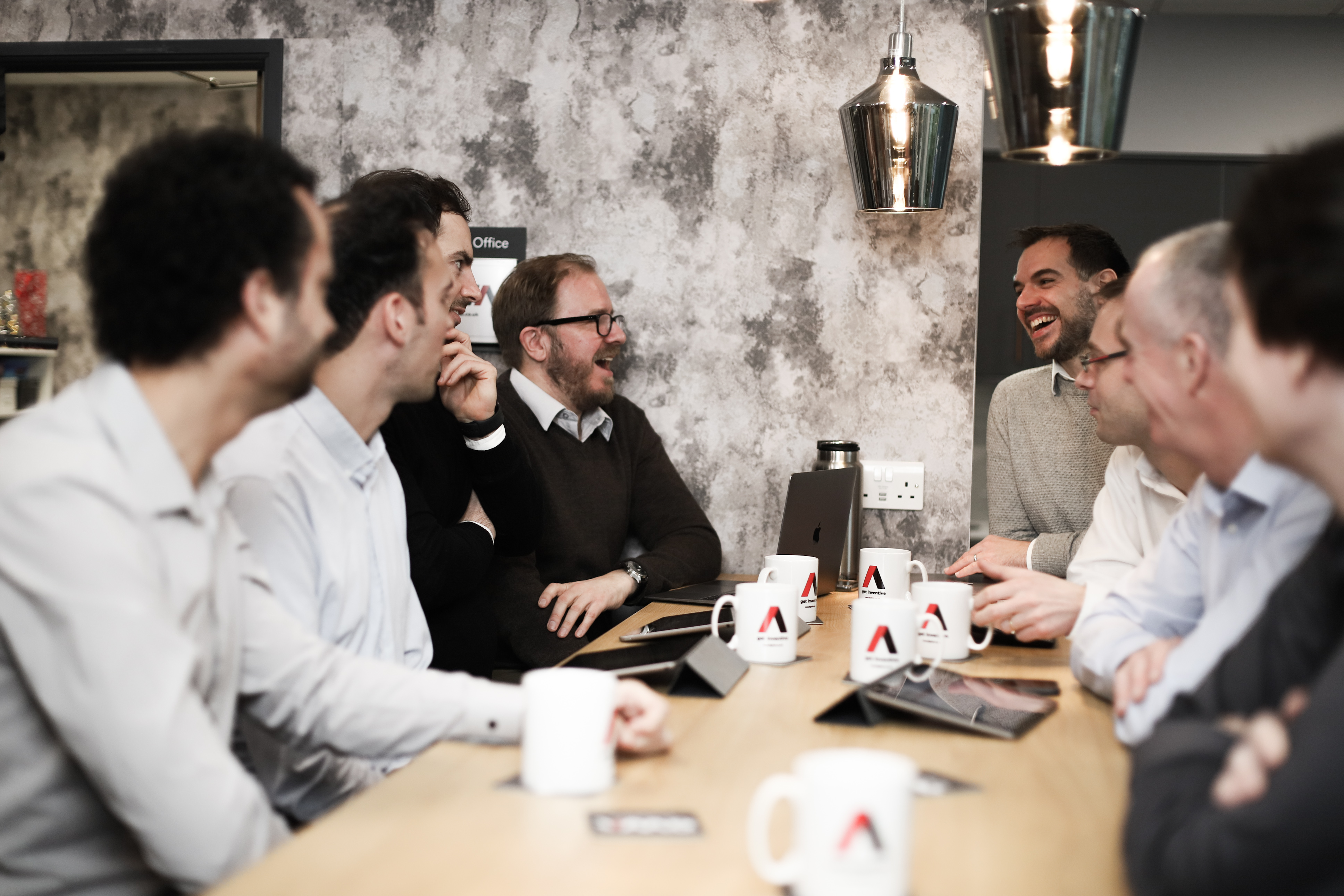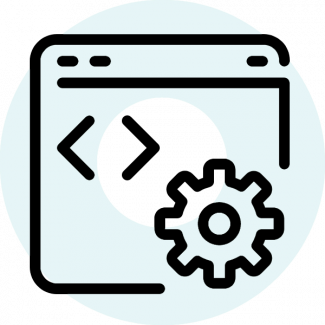Built for your users
Wireframing is still the most effective way to create an inexpensive, low-fidelity, user-centred model of your application. Basic layouts for key screens and user interface (UI) elements are tested in a prototyping tool, to iterate and then validate the outcomes.
Wireframes form an essential part of user interface design before any of the visual design happens, and sit alongside user experience (UX) design as a key part of user-centred prototyping. This involves research at the outset, which can include creating personas for your archetypal users, before defining the activities or journeys that form a successful interaction or task completion for them. Our approach ensures the application is developed and optimised for your audience before any detailed design work or development happens.
Test & test again
Once the wireframes are refined it’s time to validate them as a clickable prototype, ideally with a representative group of test users who will be asked to complete a series of tasks unprompted. This tests the structure, layout and UI elements on each screen and how these guide a user to navigate and interact with content, data and tools.
The feedback and reported success – or otherwise – often leads to invaluable insights and further refinements may follow.



UI development
One of the most important outputs of wireframing is developing layouts for key screens and templates. Another is defining the UI items that will become part of the full designs. These are the suite of on-screen elements that support your users to easily input data on forms or interact with pages and navigate information and content. They take many different forms and need to combine as a whole to form an intuitive and appealing interface for effortless use across different screen sizes and devices.
Wireframing and prototyping your UI elements is essential to validate them. It affirms hierarchies of information and positioning on the screen and prepares the route for the visual design work and development to come.
Affirming your approach
Wireframing and prototype testing are always worthwhile as they minimise the risk of changes when your project is in full design and build. Working iteratively is an integral part of the agile project management (PM) workflow and this approach can also be applied to design and development ‘sprints’ where the output is refined further pending additional testing. This is particularly beneficial if you plan to go live with an initial minimum viable product (MVP) and add to it after launch.
Similarly, at the other end of the process, wireframing and prototyping can be utilised to create a proof of concept (POC), securing agreement or testing the viability of the full project. This is often used with stakeholder audiences or focus groups to demonstrate the benefits of an application.



Emma-Jayne Turner, senior programme manager, Young EnterpriseOWA took the time to understand our organisation and target audience in order to provide us with a creative and innovative solution that met our needs.



